Article
Seven University of Illinois Urbana-Champaign students have been selected to receive 2024 Beckman Institute fellowships and awards. The awards fund interdisciplinary research that takes place over the summer at the Beckman Institute for Advanced Science and Technology.
This year’s winners will work with Beckman researchers and labs to pair complex problems with creative solutions. Their summer projects seek to improve access to high-quality diagnostic tools, break down the brain chemistry of parenting, bottle the positive effects of exercise and map the neural pathways that dictate how we perceive the world.
The winners will be celebrated with a poster session at 3:30 p.m. on Thursday, Aug. 1. Read on to learn about the awards and honorees.
2024 Beckman Institute Undergraduate Fellows
The Beckman Institute Undergraduate Fellows Program provides undergraduate students with a $3,000 award to pursue interdisciplinary research at the Beckman Institute during the summer. Entering its eighth year, the program is supported by funding from the Arnold and Mabel Beckman Foundation.
Sola Adeyiga: Increasing representation in brain imaging
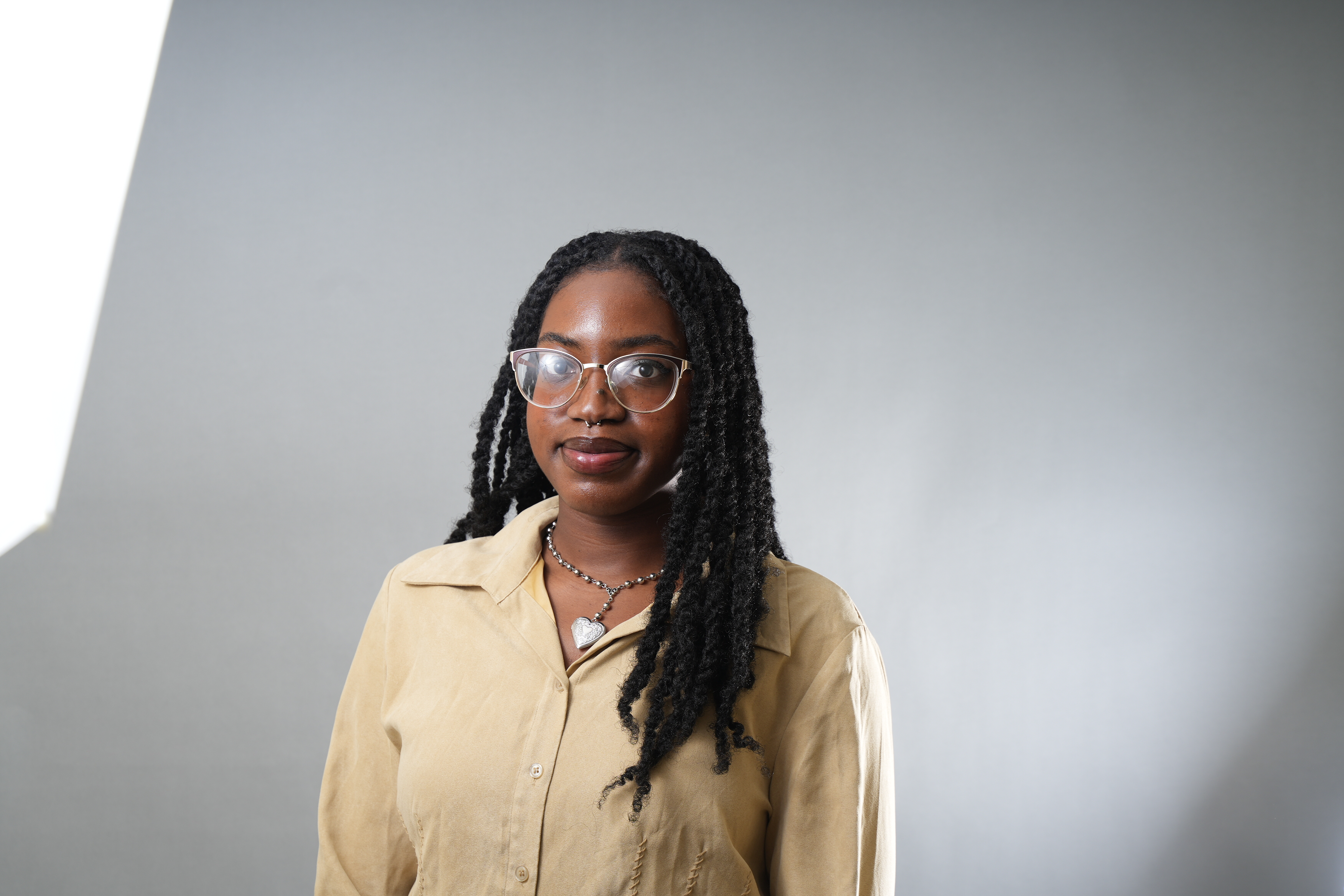 Sola Adeyiga.
Sola Adeyiga.Sola Adeyiga studies brain and cognitive science in the Department of Psychology and conducts research with Wendy Heller, a Beckman researcher and recently named Marjorie Roberts Professor in Liberal Arts and Sciences.
Major depressive disorder, which affected more than 8 million people in the U.S. in 2021, belongs to a class of mental health disorders called internalizing disorders. To predict and identify disorders like this, clinicians are adopting a neuroimaging technique called brain-based predictive modeling, which compares images of a patient’s brain with a database of other brain scans. This technique does not equitably represent marginalized identities in research (for example, people who are Black, Indigenous, or People of Color; have a disability; or identify as part of the LGBTQIA+ community), resulting in inaccurate predictions for internalizing disorders for all communities.
Adeyiga’s summer project, titled “Advancing diversity in neuroimaging-based machine learning," asks how diverse participants make this technique more nuanced, accurate and equipped to serve everyone.
“Our interdisciplinary approach combines science and sociology, considering equity, environment and personal history,” Adeyiga said. “Our goal is to enhance inclusivity to influence healthcare, education and policy.”
Aniket Joglekar: Fishy parenting
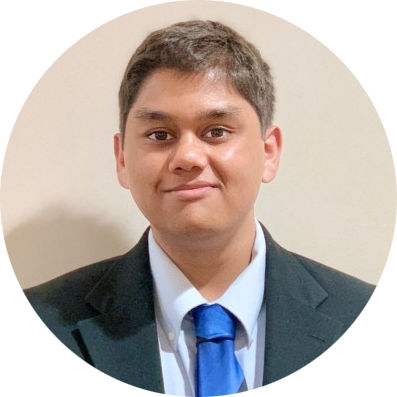 Aniket Joglekar.
Aniket Joglekar.Can brain chemistry predict our proclivity for parenting? With help from a small fish called the three-spined stickleback, molecular and cellular biology student Aniket Joglekar aims to find out.
His research looks at the neurochemistry of parenting through the fisheyes of white and common sticklebacks. Uniquely, males in both subgroups assume full parenting responsibility from nest-building to nurturing, but after the eggs are spawned, white sticklebacks cease care while their common counterparts stick around. To determine if these parenting styles have a molecular basis, Joglekar and his colleagues will use mass spectrometry to find and measure chemicals called neuropeptides in the pituitary gland, the master gland known for influencing physiological processes in the body.
“Surprisingly, many behavioral traits of sticklebacks exhibit parallels with humans,” Joglekar said. “The more we learn about the molecular underpinnings of these behavioral differences among sticklebacks, the more we stand to learn about human behavior.”
Joglekar’s summer project is titled “Elucidating neuropeptide changes during parental behavior using tandem-mass spectrometry and bioinformatics.” He will collaborate with Beckman researchers Jonathan Sweedler, the James R. Eiszner Family Chair and professor of chemistry; Elena Romanova, a professor of chemistry; and Alison Bell, a professor of evolution, ecology, and behavior.
Guowei Zhang: Advancing anesthetics
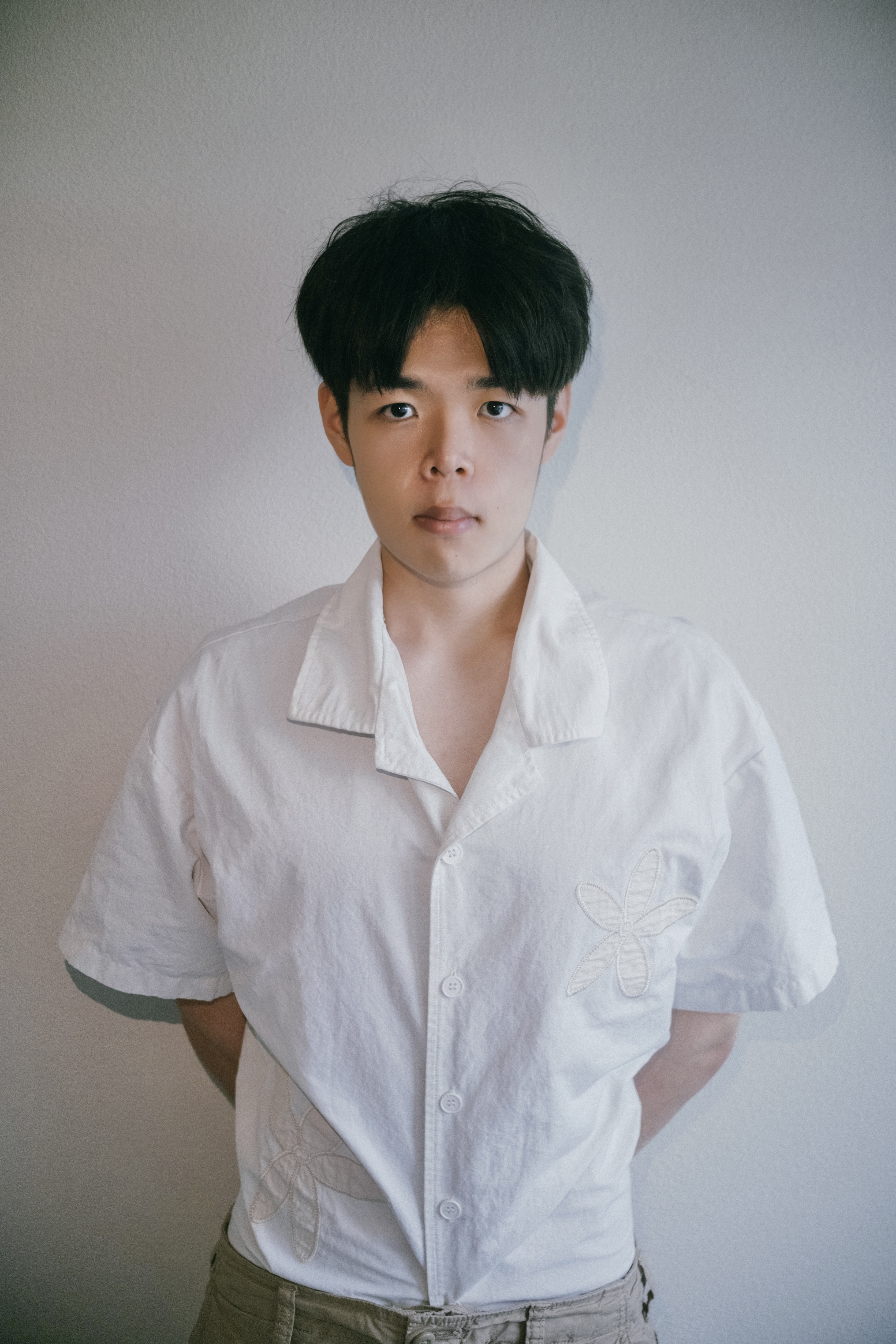 Guowei Zhang.
Guowei Zhang.Guowei Zhang is a third-year student in the Department of Psychology. His summer project, which combines his interests in psychology and neuroscience, aims to develop a safe, effective way to anesthetize animals undergoing a procedure called auditory brainstem response.
ABR measures how the auditory pathway — from the snail-shell-like cochlea to the brain’s auditory cortex — lights up in response to sound, is invaluable to audiologists interested in how humans hear. Unlike humans, animals undergoing the procedure must be anesthetized. However, common anesthetics can dampen auditory activity and make ABRs less accurate. Zhang proposes a new anesthetic pairing that’s useful and safe — for animals, and, further down the road, perhaps for people.
“This intersection of psychology and neuroscience is precisely the interdisciplinary approach that I find intellectually stimulating,” Zhang said. “But my interest in this field goes beyond the scientific pursuit; it extends to ensuring the well-being and humane treatment of our animal counterparts in the pursuit of knowledge.”
Zhang’s project is titled “Evaluating dexmedetomidine as a potential alternative to traditional anesthetics in rat auditory brainstem responses” and will be conducted in collaboration with Benjamin Auerbach, a Beckman researcher and professor of molecular and integrative physiology and in the Neuroscience Program.
Zifan Zhao: Dampening data noise
 Zifan Zhao.
Zifan Zhao.Zifan Zhao is pursuing dual degrees in information sciences + data science and psychology with a concentration in cognitive neuroscience. He conducts research in the CONNECTLab led by psychology professor Sepideh Sadaghiani and shared its research with the community at the 2024 Beckman Institute Open House.
Researchers in the CONNECTLab combine two medical imaging tools — functional magnetic resonance imaging and electroencephalography, or EEG — to demonstrate how the brain behaves, changes and communicates within itself as participants complete cognitive tasks like talking, answering questions or completing memory challenges. While the techniques make a dynamic pair, the MRI scanner’s rhythmically thudding magnetic field distorts the EEG’s data-gathering process.
Zhao’s summer project, titled “Gradient artifacts cleaning and data quality check for EEG simultaneously recorded with multi-band fMRI,” involves creating guidelines to filter out the noise and generate high-quality EEG data during simultaneous EEG and fMRI scans.
“This work promises not only to refine our current practices, but also to serve as a central contribution to the advancement of our understanding and application of neuroimaging techniques,” Zhao said.
2024 Erik Haferkamp Memorial Award for Undergraduate Research
The Erik Haferkamp Memorial Award for Undergraduate Research allows a promising undergraduate neuroscientist to pursue research at the Beckman Institute during the summer. The $3,000 award is supported by friends and family in memory of Erik Haferkamp.
Prithika Ravi: Exercising with EVs
 Prithika Ravi.
Prithika Ravi.Prithika Ravi studies brain and cognitive science in the Department of Psychology and conducts research with psychology professor Justin Rhodes.
Running, swimming and other endurance-based exercises cause new neurons to form in the hippocampus, an area in the brain that controls learning and memory. Researchers do not know why this phenomenon, called neurogenesis, is linked to exercise, but one theory points to extracellular vesicles: tiny, lipid-based sacs that are released in the body.
The Rhodes Lab recently tested this idea by transferring EVs from exercising mice to sedentary ones, finding that mice who received them showed more signs of neurogenesis than those who did not. Ravi’s summer project will take this one step further by using EVs from humans.
“Ultimately, we hope to translate this research to a fully human application, using EVs from humans who exercise to improve brain health in humans who can’t exercise,” Ravi said. “If we are successful, we have the potential to remedy pathologies that cause diminished size and function of the hippocampus such as Alzheimer’s disease, stress, depression, anxiety and PTSD.”
Ravi’s summer project is titled “The role of plasma derived exercise-induced extracellular vesicles in adult hippocampal neurogenesis” and will be conducted in collaboration with Rhodes and kinesiology and community health professor Marni Boppart.
2024 Nadine Barrie Smith Memorial Fellowship
The Nadine Barrie Smith Memorial Fund supports female engineering graduate students who are conducting medical imaging research at the Beckman Institute.
Swathi Katakam: High-quality, low-cost ultrasound
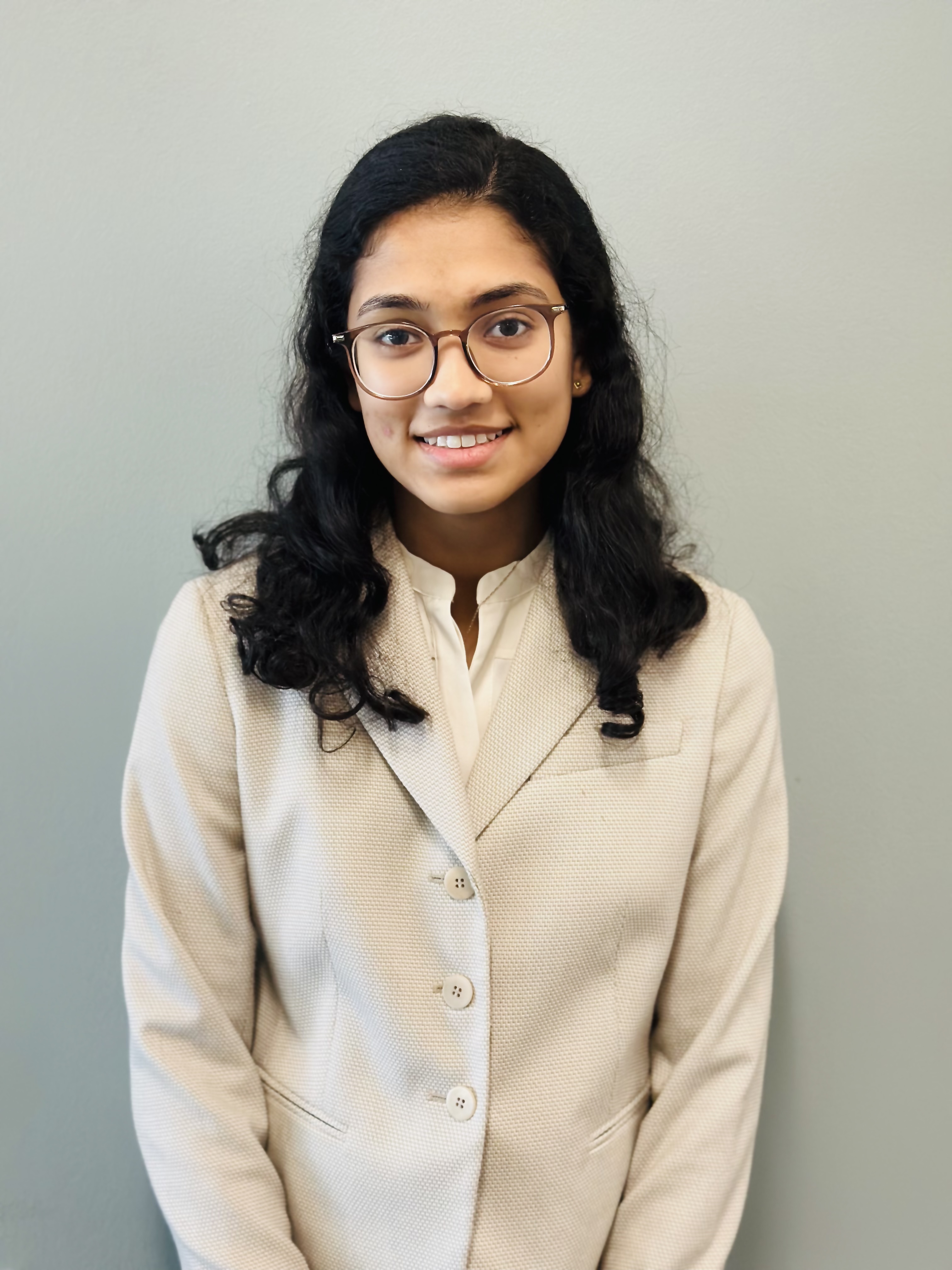 Swathi Katakam.
Swathi Katakam.Swathi Katakam, a first-year graduate student in electrical and computer engineering, conducts research in the Multimodality Imaging Research Lab led by Beckman researcher and ECE professor Yun-Sheng Chen. She earned her B.S.E. in biomedical engineering from Tulane University.
Super-resolution ultrasound imaging is a portable and cost-effective diagnostic tool that can identify various cancers, kidney diseases and conditions in the brain. It works by dispatching gas-filled microbubbles into the bloodstream and tracking their location and speed as they flow along. The tiny bubbles are imaging agents — they light up on the ultrasound screen like headlights tracing a complicated, microvascular highway. Deep learning models help train the system to pinpoint their location in the body.
This summer, Katakam will develop a workflow that trains deep learning models to map the complex vascular terrain of a mouse brain, ultimately enhancing their accuracy and precision for studies in mice and humans.
“In New Orleans, where I grew up and went to college, hurricane evacuations coupled with an already overwhelmed healthcare infrastructure pose unique problems for delivering medical treatment,” she said. “There, I learned the importance of developing technology that improves the quality of diagnosis and treatment available in under-resourced settings. As an engineer, especially in the medical field, I have a responsibility to understand the people who use the technology I help to develop. With this fellowship, I have an opportunity to help develop tools that consider a wide array of patient populations and problems that can be addressed with more robust medical imaging methods.”
Katakam’s project, titled “New approach to effectively train deep-learning augmented super-resolution ultrasound imaging,” will be conducted in collaboration with Chen and electrical and computer engineering professor Yang Zhao.
2024 Thomas and Margaret Huang Award for Graduate Research
The Thomas and Margaret Huang Award for Graduate Research supports graduate students studying human-computer intelligent interaction. The $3,500 award is supported by the Huang Fund.
Ling Lee Chong: Getting the gist
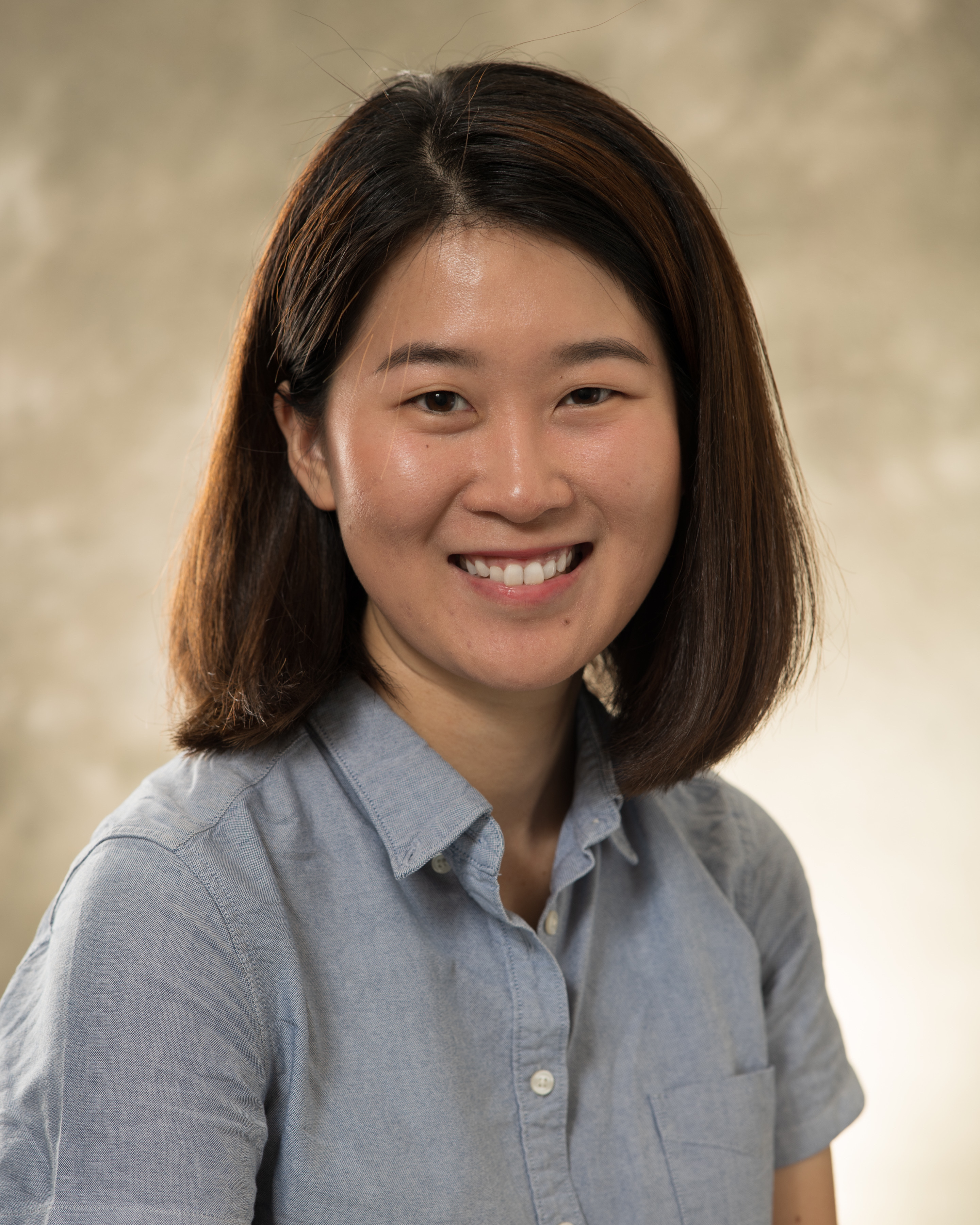 Ling Lee Chong.
Ling Lee Chong.Since 2018, Ling Lee Chong has collaborated with Beckman researcher and psychology professor Diane Beck in her Attention and Perception Lab. She earned her B.A. in communication studies from the University of California, Los Angeles and her M.S. in psychological science from the University of Illinois. She is now pursuing her second master’s in computer science as well as her Ph.D. in experimental psychology.
Chong studies visual perception: how humans use visual signals to rapidly take in a scene unfolding before them. Science suggests that this process goes like painting a picture, starting with the broad strokes (the scene’s general shape) and filling in the details (the objects in the scene). This is because the so-called broad strokes travel on a faster, lower resolution pathway in our brains, while the nitty-gritty takes a slower, higher-res route.
Chong’s summer project asks whether the visual predictions we make while processing a scene — the snap judgments that help us jump to the gist — depend more on the broad strokes or the fine details. She and her colleagues will show participants a series of scenes, isolating the high and low spatial frequencies (the fine details and coarse outline) in turn. For each, they will use electroencephalography, or EEG, to measure a waveform called the N300 that activates as the brain makes predictions about what it sees. Whichever frequency (high or low, fine or coarse) impacts the N300 waves the most has the most influence on our ability to predict the gist.
“Insights from this study will not only contribute to human perception but also inform practical applications in the fields of psychology, neuroscience, and computer science,” Chong said.
Her project is titled “N300 sensitivity to statistical regularity in low- and high-pass filtered scenes.”
Beckman Institute for Advanced Science and Technology